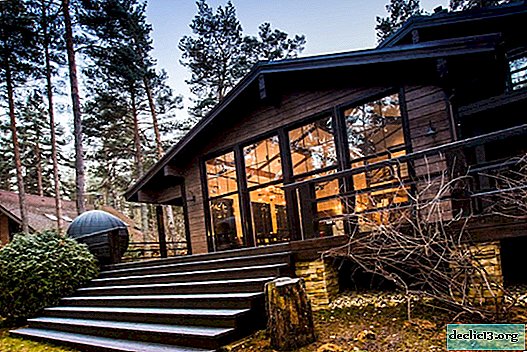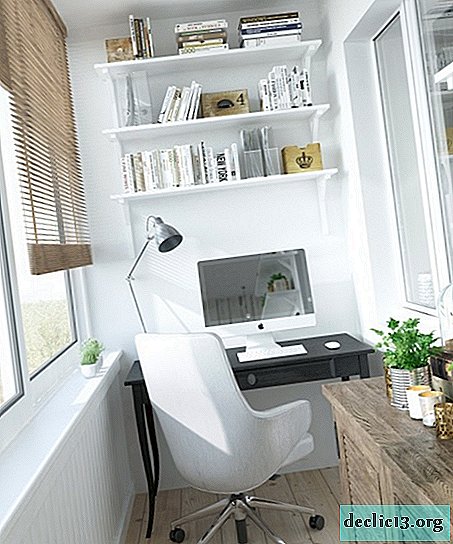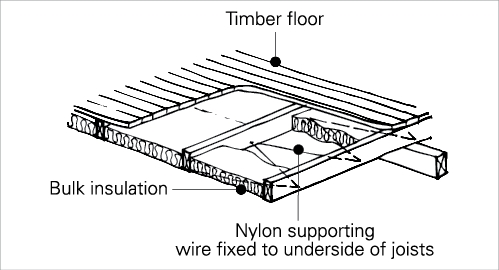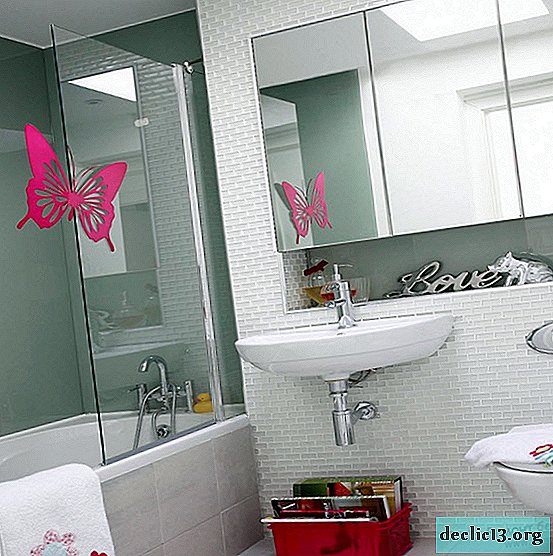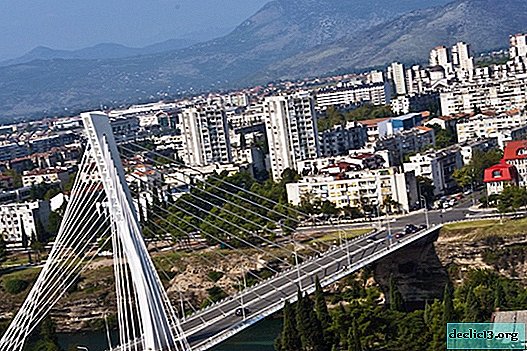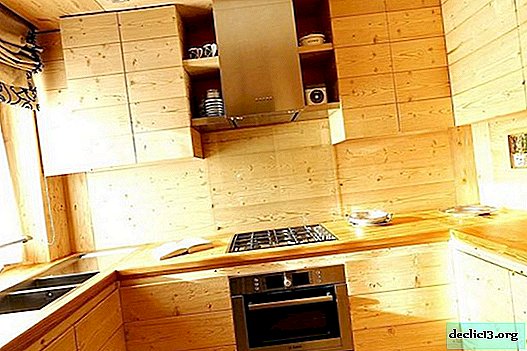Why does the beloved anthurium have brown spots on the leaves and how to cure the plant?

Anthurium or male happiness is a plant that naturally grows in tropical rainforests. But lovers of exotic flora were able to adapt it for growing at home. Anthurium fans appreciate its massive shiny leaves, beautiful flowers and a pleasant smell. But a tropical epiphyte at home requires special conditions. He often shows his dissatisfaction with brown spots on the leaves. In this article we will consider all the causes of stains and methods of dealing with them.
Diagnostics and recommendations what to do
The following are the main causes of brown spots on the leaf plate of the plant. Also presented are solutions to the problem.
Root rot
What is it and how is it manifested? In addition to the appearance of spots on the leaves, another characteristic feature of decay is the loss of color saturation and wilting. The roots when viewed look soft, with a peeled shell. The cause of decay is waterlogging of the soil or an increased content of chlorine and salts in the water used.
If an ailment is detected, a number of actions must be performed:
- Remove infected parts of the root system with a sharp knife.
- Powder of places of a cut of roots with crushed activated carbon.
- Replacing soil in smaller pots.
- Reduced watering.
- Use for further irrigation only soft and settled water.
- Raising air temperature.
- In severe cases, treatment with chemicals is indicated. You can take Fundazole, Topsin, Oksikhom. Use according to instructions.
To prevent root decay, flower growers use drainage from a layer of expanded clay, broken brick or small stones.
Septoria
Brown and red spots on the leaves of anthurium may indicate the development of septoria - a fungal infectious disease (for what other reasons, spots of various colors may appear on the leaves here).
Infection Treatment:
- Urgent treatment of the bush with copper-containing preparations (Oksikhom, copper sulfate, Kuproskat).
- Removal of affected areas.
- Thoroughly flush the plant.
You can familiarize yourself with diseases that, like septoria, can threaten anthurium, in our special material.
Spider mite
 If spoiled flowers were added to problems with leaves, then with a high degree of probability the plant attacked a spider mite. This difficult to destroy pest settles on the trunk and leaves of anthurium, sucks plant sap. Flushing and even the use of conventional means of control will not have the desired effect.
If spoiled flowers were added to problems with leaves, then with a high degree of probability the plant attacked a spider mite. This difficult to destroy pest settles on the trunk and leaves of anthurium, sucks plant sap. Flushing and even the use of conventional means of control will not have the desired effect.
However you can overcome the tick so:
- The plant is soaked in water.
- Dry the soil as quickly as possible.
- With mass infection, chemicals will be effective. Actellik, Karbofos, Intavir, Fitoverm.
- The spider mite does not tolerate high humidity and low air temperatures.
We invite you to watch a video about the fight against ticks in Anthurium:
Worm
This is another pest, but unlike the spider mite, it is more visible and easy to kill. The appearance of a mealybug is characterized by a white coating on the surface of the leaves. A regular soap or alcohol solution will help get rid of the pest if you repeat the treatment procedure once a week. Of the more powerful drugs - spraying Fitoverm, Aktara, Actellik.
Hypothermia
 Why do yellow spots first appear on the leaves, and then does the crown completely brown and dry? Perhaps the plant is supercooled. Being a "native" of the tropics, Anthurium painfully refers to low temperatures.
Why do yellow spots first appear on the leaves, and then does the crown completely brown and dry? Perhaps the plant is supercooled. Being a "native" of the tropics, Anthurium painfully refers to low temperatures.
Resuscitate the flower is necessary:
- reduced watering;
- moving to a warmer place;
- removing spoiled leaves from the crown.
Drafts
During the whole year it is necessary to protect the plant from the harmful effects of drafts. The conditions for growing anthurium should be similar to the warm climate of its homeland. Drafts and wind cause him suffering, which he expresses by darkening the leaves.
Incorrect temperature
The optimal temperature regime of air, excluding darkening and twisting of leaves, varies from 18 degrees in winter, to 20-25 degrees in a warmer period.
Attention! The ambient temperature should correspond to the temperature of the soil. This can be achieved by planting anthurium not in ceramic, but in plastic pots.Improper watering and spraying
Watering a tropical flower is required abundantly, but not often. The soil must be allowed to dry between waterings. The bottom of the pot should have a drainage hole. The water received in the pan must be drained.
In addition to watering, anthurium needs to be sprayedsince dry air is harmful to him. Spraying the leaves during the period of division of the sheet is performed daily, and in the summer - twice a day. In this case, water should not fall on the inflorescences.
Big pot
The recommended diameter of the pot for anthurium is 24-32 cm. In the wider "houses" the flower does not have time to develop the soil, while the root system of the plant needs to fill the entire pot. While the plant will grow roots, good leaf growth is not possible, and the roots themselves may rot.
Briefly about leaving
 The following are general helpful tips that will make it easier to take care of your moody handsome man.:
The following are general helpful tips that will make it easier to take care of your moody handsome man.:
- Soil for anthurium should be with an acidic environment. To acidify the soil, it is enough to add citric acid to the tip of a knife once a month.
- For good growth, every 2-3 weeks you can feed the plant with liquid fertilizers at the rate of 1/3 of the percentage specified in the instructions. In winter, feeding is reduced or canceled.
- The air in the room where the pot with anthurium is located should be sufficiently moist.
- Anthurium is transplanted only by transshipment. In this case, the pot is used one size larger than the previous one.
We suggest you watch a video about caring for anthurium:
For active life, anthurium must be provided: loose soil, good water and air permeability, suitable drainage. Regular inspection of the plant and the detection of leaves with brown spots will help to take timely measures to save the handsome home.
Useful video
We suggest you watch a video about the appearance of brown spots near the anthurium:


